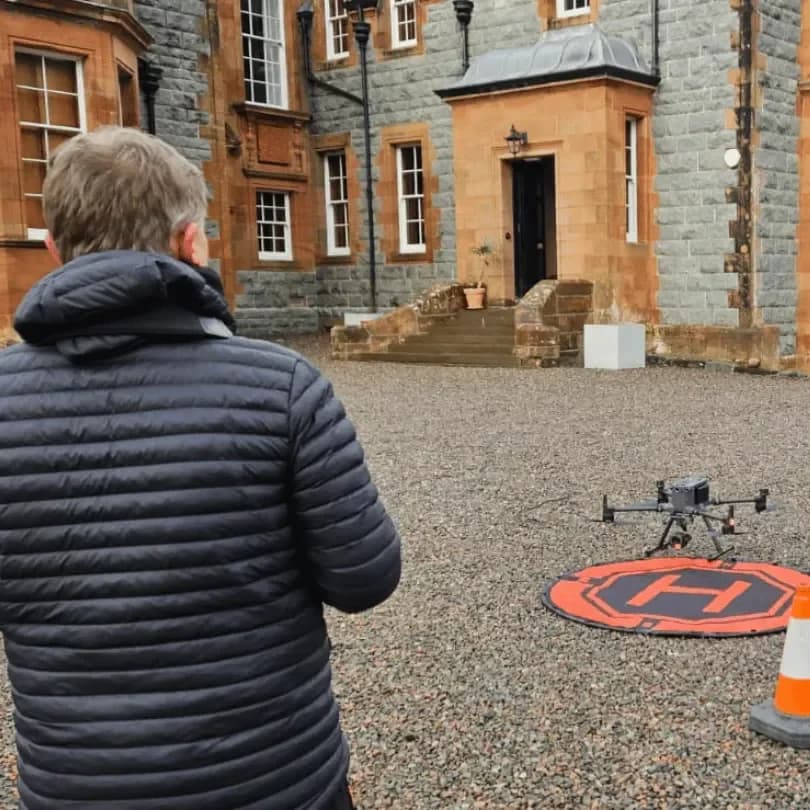
As a UK drone pilot, you're responsible for understanding CAP 722. This document is the Civil Aviation Authority's official guidance for all drones, and it outlines the legal and safety rules you must follow.
But simply knowing it exists isn't enough. The way it structures risk and defines your operational authority has significant implications for every flight you plan—and this is precisely where many drone pilots can get into trouble.

30 Second Summary
- CAP 722 is the UK's primary guidance document for drone pilots, outlining regulations and safety requirements.
- It serves as the definitive manual for conducting legal drone operations within United Kingdom airspace.
- The document details the three official drone operation categories: open, specific, and certified.
- It defines the responsibilities for remote pilots and establishes the safety standards for flights.
- It explains the certification process and Pre-Defined Risk Assessments (PDRAs) needed for commercial work.
What is cap 722?
A cornerstone of UK drone regulation, CAP 722 is the Civil Aviation Authority's (CAA) primary guidance document for operating drones. If you're flying a drone in the UK, you'll need to familiarize yourself with this publication. It's your essential guide and the CAA's central policy document for all drone matters.
Within its pages, you'll discover comprehensive details on the rules, standards, and safety requirements that govern your operations.
It clearly defines what's expected from you as a drone pilot and what's required for your equipment. You’ll find information on certification processes and the specific operational limitations you must respect to fly legally.
For anyone developing or operating a drone within UK airspace, consider it the definitive manual.
Following the policies it contains isn't just a good idea—it’s a mandatory part of ensuring you’re flying safely and in full compliance.

Purpose and Scope of Cap 722
Serving both commercial and recreational drone pilots, CAP 722’s purpose is to guide you through the legal requirements for flying a drone in the UK. Think of it as your essential roadmap to lawful flight.
The document clearly outlines the path you'll need to follow to achieve certification and explains what permissions you must secure for various operations, particularly for any aerial work. It’s designed to eliminate guesswork, ensuring you're fully aware of the official processes and standards.
The document's scope extends beyond just drone pilots. It’s a foundational resource for manufacturers, service providers, and really anyone involved in UK drone operations. It establishes the necessary safety and airworthiness standards that your equipment must meet before it can be flown.
By covering the entire drone ecosystem, CAP 722 ensures everyone shares a common understanding of the rules, from a drone's initial design to its final mission.
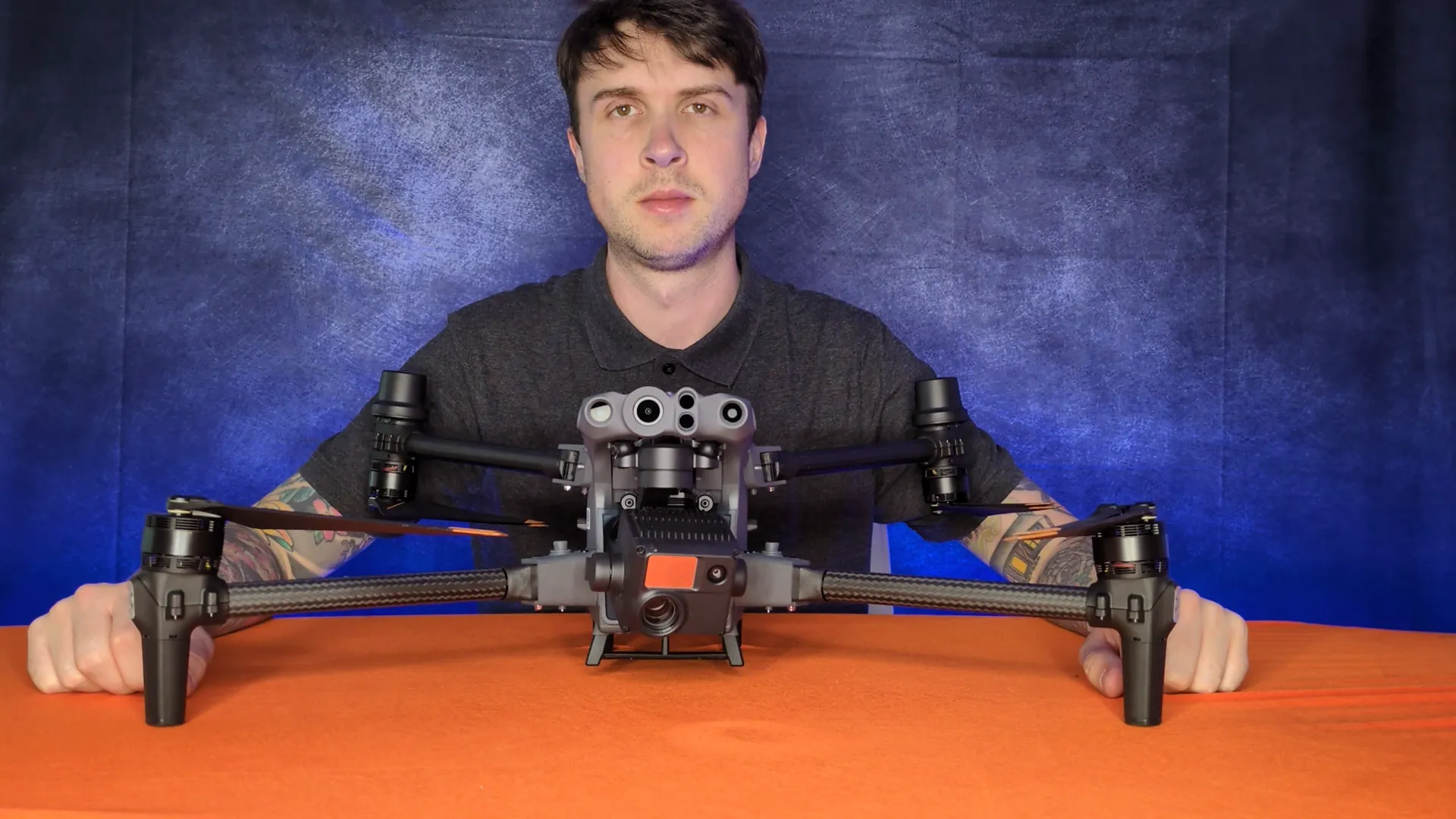
Key Topics Covered in Cap 722
The document’s centerpiece is its guidance on the UK's drone operation categories: open, specific, and certified. You'll find detailed breakdowns of each, helping you understand where your flights fall and which rules you must follow.
CAP 722 clearly defines your responsibilities as both a drone pilot and an operator. It outlines the safety standards and operational requirements you’re expected to meet for every flight, ensuring you operate responsibly.
You’ll also learn about fundamental rules like maintaining Visual Line of Sight (VLOS), which means you must keep the drone in sight without enhancement devices. For commercial operations in the specific category, CAP 722 introduces you to Pre-Defined Risk Assessments (PDRAs).
These PDRAs, such as the well-known UKPDRA01, are designed to simplify your safety evidence requirements for common missions. This makes obtaining your operational authorisation a much more straightforward process, saving you considerable time and effort.

Updates and Editions To Cap 722
CAP 722 isn't a static document; it's regularly updated to reflect industry developments and regulatory changes. As a drone pilot, you must understand that this vital publication evolves over time. You simply can’t read it once and consider your knowledge complete.
It's your responsibility to stay current with the latest version to ensure your operational planning always remains compliant and safe. The Civil Aviation Authority (CAA) continuously revises the guidance to keep pace with our rapidly advancing industry.
For instance, the current version is Edition 9.2, published in April 2024. This update introduced several important amendments that you’ll need to review.
It also notably separates some detailed risk assessment content into newly established, dedicated CAP documents. These ongoing refinements across the CAP 722 series are designed to provide you with greater clarity. Always verify you're using the most current edition before planning any operation.
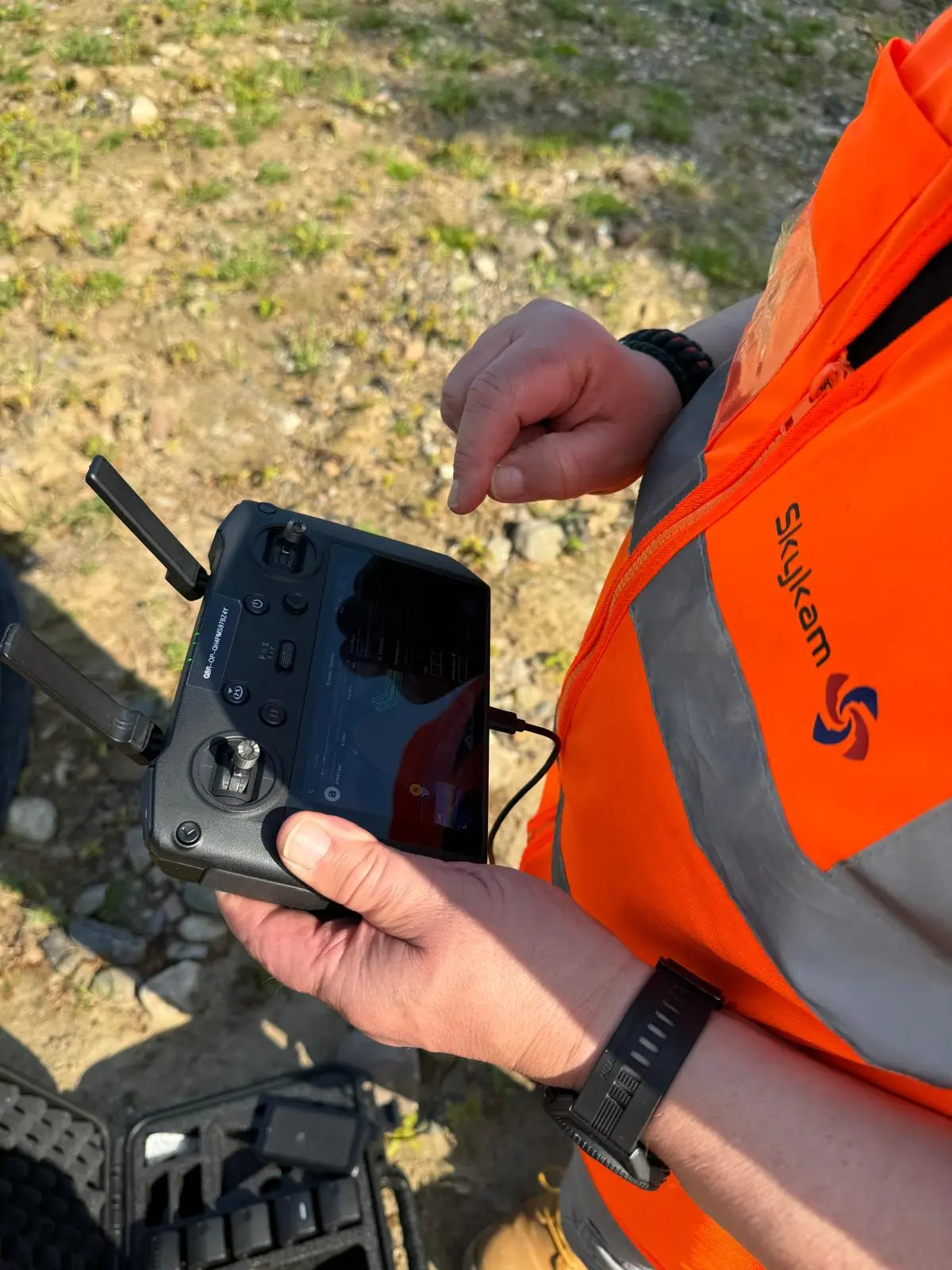
Related Documents
A cornerstone of UK drone guidance, CAP 722 doesn't stand alone; it’s the central publication in a wider series designed to give you more detailed information. Think of it as the primary document, supported by several companion guides that dive deeper into specific areas of drone operations.
When you need to get into the granular details of a particular subject beyond the main guide’s scope, you'll turn to these related publications for specialized instructions that are essential for compliance and safe flying.
For instance, if you're building an operating safety case for complex flights, you’ll need to master CAP 722A. To understand specific terminology used by the CAA, you'll consult the glossary in CAP 722D. For model drone pilots, CAP 722F lays out the dedicated policy you must follow.
These documents expand upon critical requirements, helping you operate safely and legally.

Frequently Asked Questions
Is Following CAP 722 a Legal Requirement?
No, following CAP 722 isn't a direct legal requirement itself. Think of it as the CAA's established guidance. However, when you apply for an Operational Authorisation, you must prove you can operate safely. The CAA considers following CAP 722 as the primary way you'll meet those legal safety requirements. Deviating from it means you've got to create your own safety case that's just as robust, which isn't an easy task.
Will I Be Tested on CAP 722 for My GVC?
Yes, you’ll be tested extensively on the contents of CAP 722 for your GVC. It’s the foundational document that your entire theory exam is based upon. Your training provider uses its principles to structure your course, covering everything from airmanship and operational procedures to risk assessments. You'll need to show you understand its core concepts in both your written exam and your practical flight assessment, so consider it your primary study guide.
How Does CAP 722 Affect My Drone Insurance?
Your insurance provider expects you to fly safely and legally. Think of CAP 722 as your rulebook for demonstrating this. If you have an accident and file a claim, your insurer will check if you've followed its guidance. Ignoring the best practices outlined in CAP 722 can be seen as negligence. This could ultimately invalidate your policy, meaning your insurer won't cover you, leaving you responsible for all costs. It's crucial for maintaining your coverage.
What Are the Penalties for Ignoring CAP 722 Guidance?
If you ignore CAP 722 guidance, you're risking severe penalties. While not law itself, it demonstrates compliance with the Air Navigation Order (ANO). A breach of the ANO can lead to the CAA revoking your operational authorisation. You're also risking unlimited fines and even imprisonment for serious offenses. Furthermore, your insurance will likely be invalidated, leaving you personally liable for any damages or injuries you cause during an incident. You won't be flying commercially.
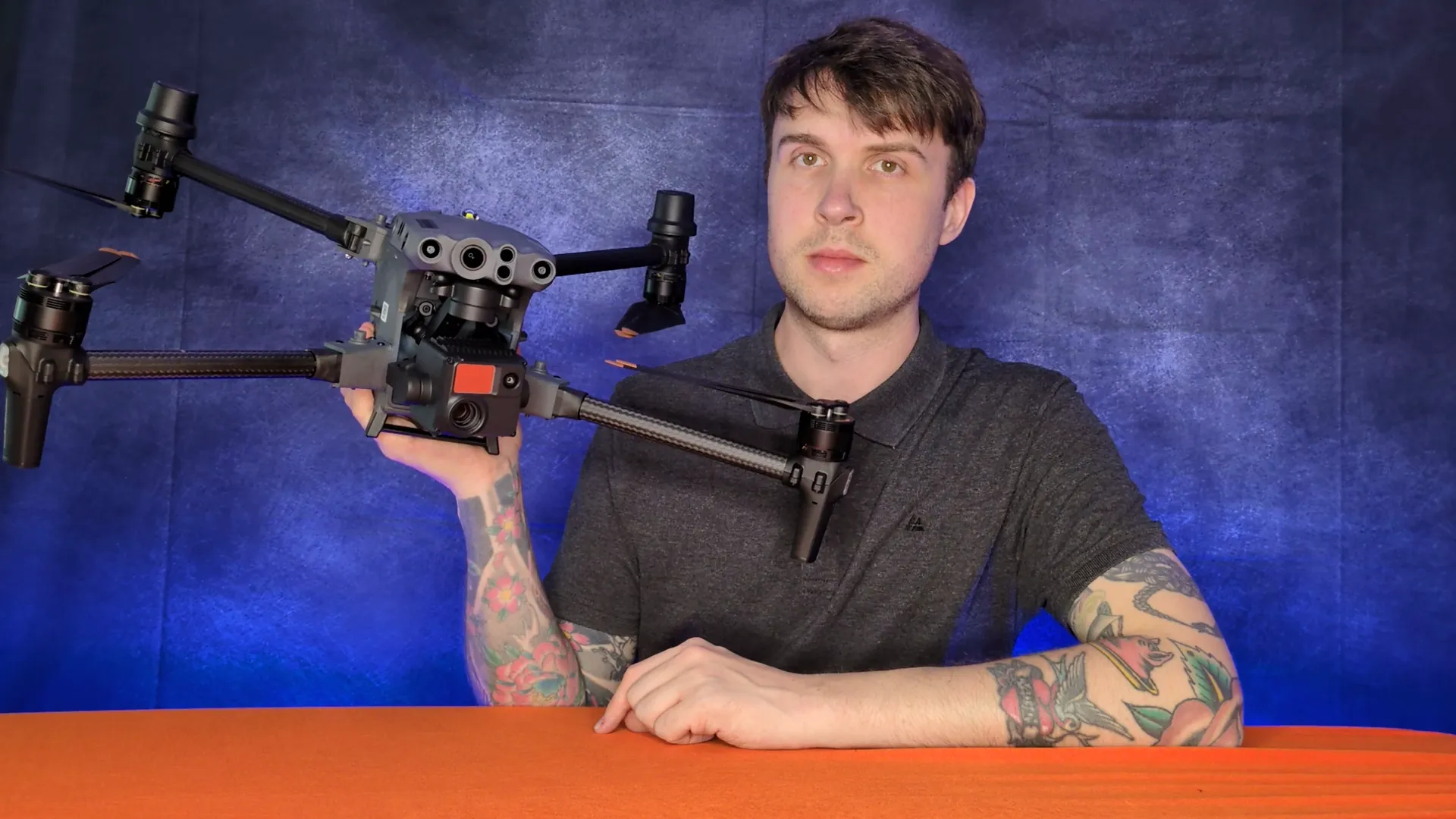
How Does CAP 722 Compare to EASA Regulations?
You’ll find CAP 722 is the UK’s detailed implementation guide, whereas EASA regulations provide the broader legal framework that UK law is based on. CAP 722 doesn't create new laws. Instead, it gives you the specific, acceptable methods of compliance the CAA requires. It’s your essential “how-to” manual for proving you can operate safely and legally under the UK's system, translating the high-level regulations into practical steps you must follow.
Ensure Your Commercial Drone Operations are Fully Compliant
Understanding and adhering to CAP 722 is non-negotiable for safe and legal drone operations in the UK. This detailed guidance ensures every flight, from risk assessment to execution, meets the CAA's stringent safety standards. The challenge for many businesses is ensuring the drone pilot they hire not only has the right equipment but also a deep, current understanding of these complex regulations.
This is where HireDronePilot, the UK's premier managed marketplace, solves the problem by connecting businesses with verified professional drone pilots for hire. Our network is comprised of CAA-certified drone operators who are proficient in CAP 722 and its associated documents, guaranteeing your project is handled with the highest level of regulatory compliance. We streamline drone services through competitive bidding, ensuring quality, compliance, and value for every aerial project across the United Kingdom.
Don’t leave your project’s legality to chance. Find qualified and compliant drone pilots on our platform to ensure your aerial work is conducted safely and professionally from the start.
About the Author

Written by
Peter Leslie
Peter Leslie is a CAA-approved commercial drone pilot with 10+ years experience and over 10,000 flight hours. He holds the GVC and A2 CofC drone licences with full CAA Operational Authorisation. Peter is a member of ARPAS-UK, the UK's non-profit trade association for the drone industry. He founded HireDronePilot to connect UK businesses with qualified, insured drone operators.
Looking for More Drone Work?
Join the UK's leading network of professional drone pilots and grow your business.
Open Access
Bid on any job - all jobs open to all pilots
Grow Revenue
Access high-value commercial projects
Stay Busy
Fill your schedule with regular work
Related Articles

Our Drone Survey Service In Stirling, Scotland
Bringing you Stirling drone survey data from areas no one else can fly.

How Much Does A Drone LiDAR Survey Cost
Forecasting your drone LiDAR survey cost requires understanding what's hidden beyond the initial quote.
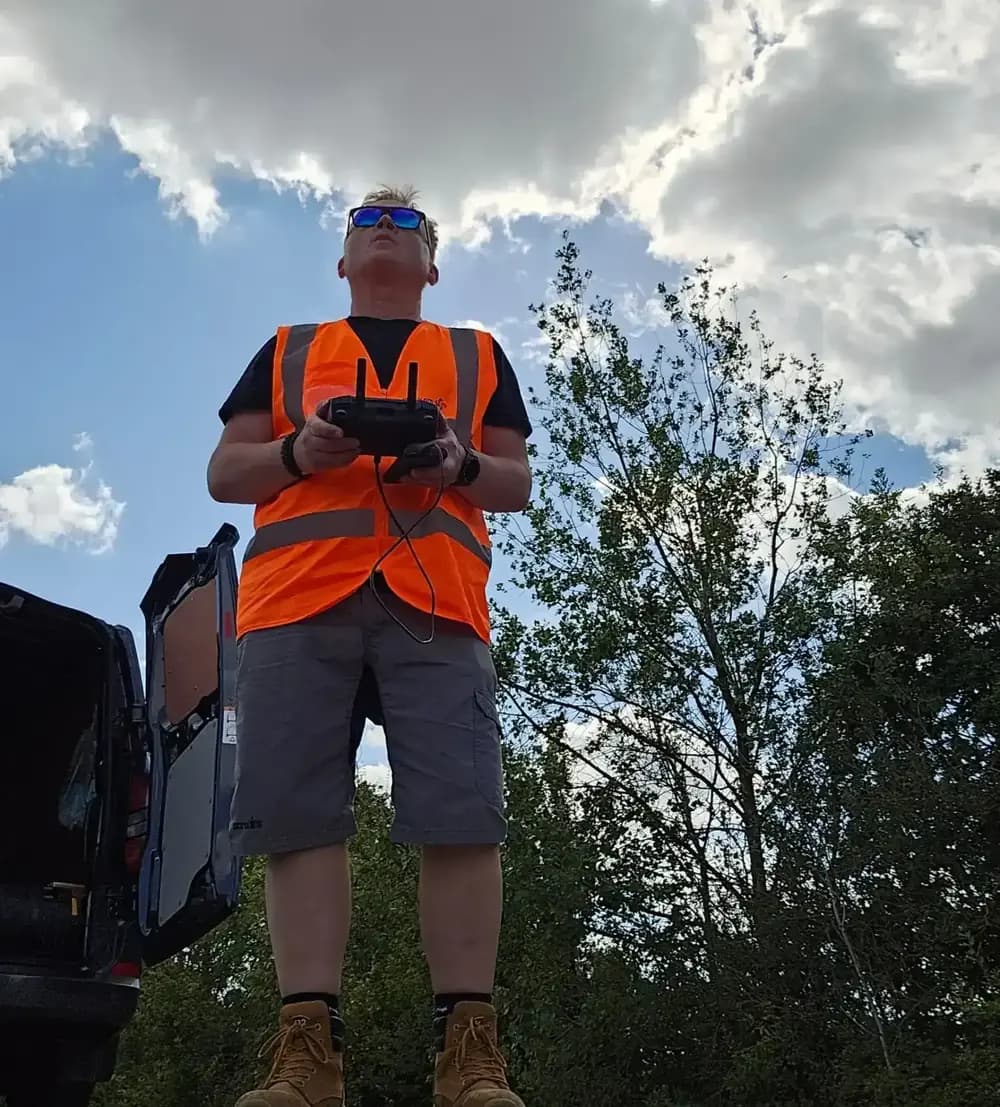
Step By Step Process Of Drone LiDAR Survey
Next, discover the crucial post-flight steps that determine your survey's success.
